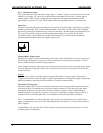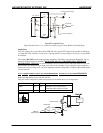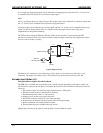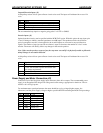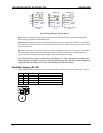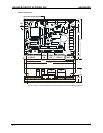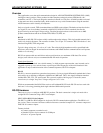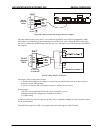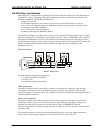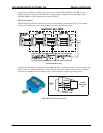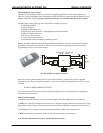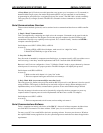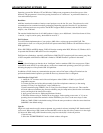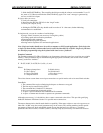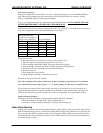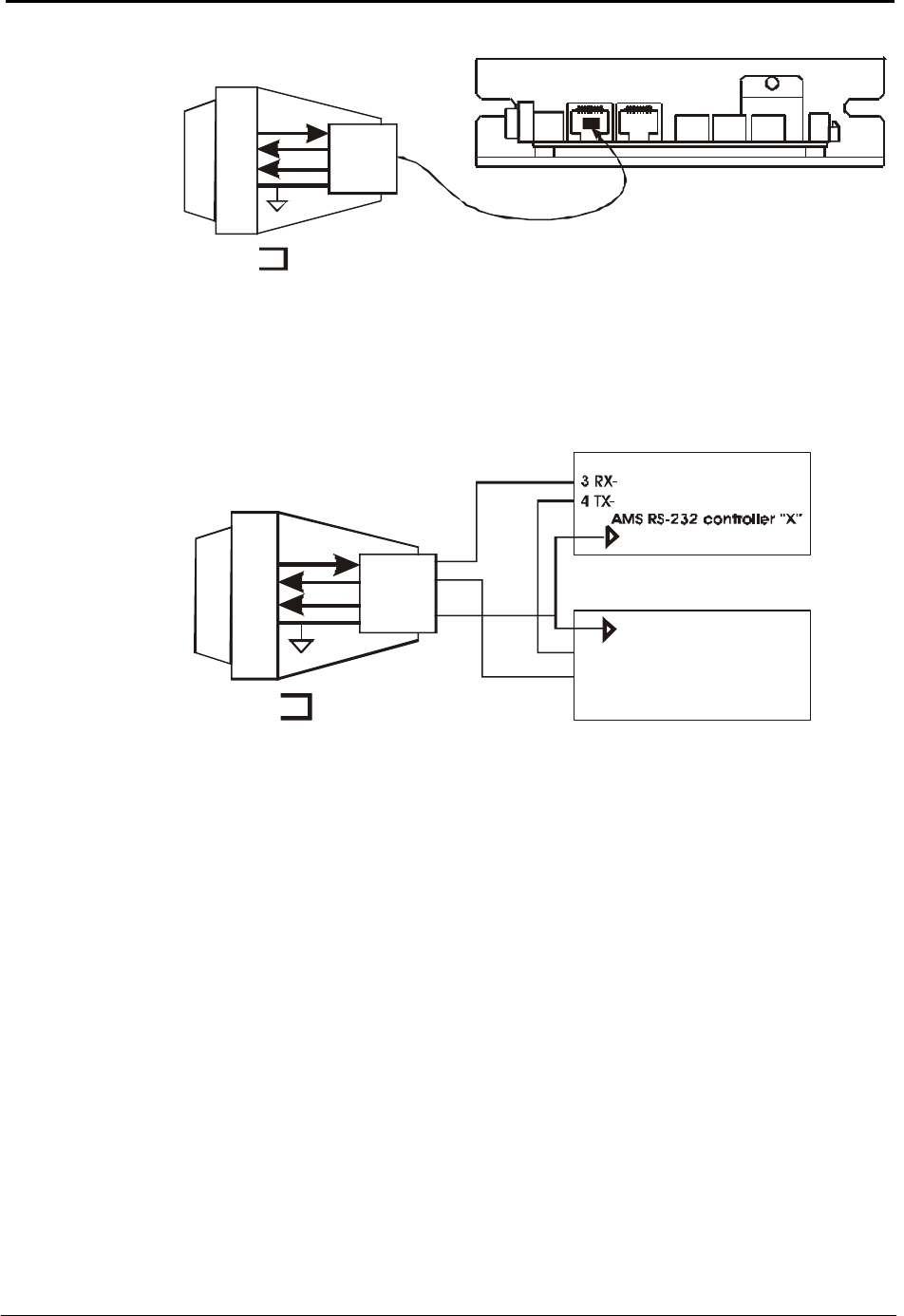
ADVANCED MICRO SYSTEMS, INC. SERIAL INTERFACE
16
Single axis, RS-232 connection using AMS SIN-7 adapter
The other method, called “daisy chain,” is for multi-axis applications and is NOT recommended by AMS.
Daisy chain is accomplished by interconnecting one or more axis in “series.” Here, the TXD output of the
first axis is connected to the RXD input of the next axis, etc., with the last axis TXD connected to the RXD of
the computer.
RS-232 “Daisy Chain” connection
Advantages of this configuration include:
1. Dynamic addressing (the axis address is assigned at each initialization) and do not have to be pre-
assigned or stored in NV memory.
2. Lowest cost because, RS-232 adapters are passive, without any electronics.
Disadvantages:
1. RS-232 is less reliable than RS-422 and is more susceptible to noise.
2. Multiple axis RS-232 configurations are difficult to analyze.
3. Complex wiring.
A single axis RS-232 system will operate well and is easy to implement. Multiple axis daisy chained systems
are not recommended.
The AMS demo program (“EASI”) does support daisy chain and single axis RS-232 mode.
SIN-7
RS-232
Computer
DB-25
2 TXD
3 RXD
5 CTS
1,7 GND
3 TX-
4 RX-
1 MVG
2 GND
6 DST
20 DTR
SIN-7
RS-232
Computer
DB-25
2 TXD
3 RXD
5 CTS
1,7 GND
3 TX-
4 RX-
1 MVG
2 GND
6 DST
20 DTR
\
3 RX-
4 TX-
AMS RS-232 controller “Y”



